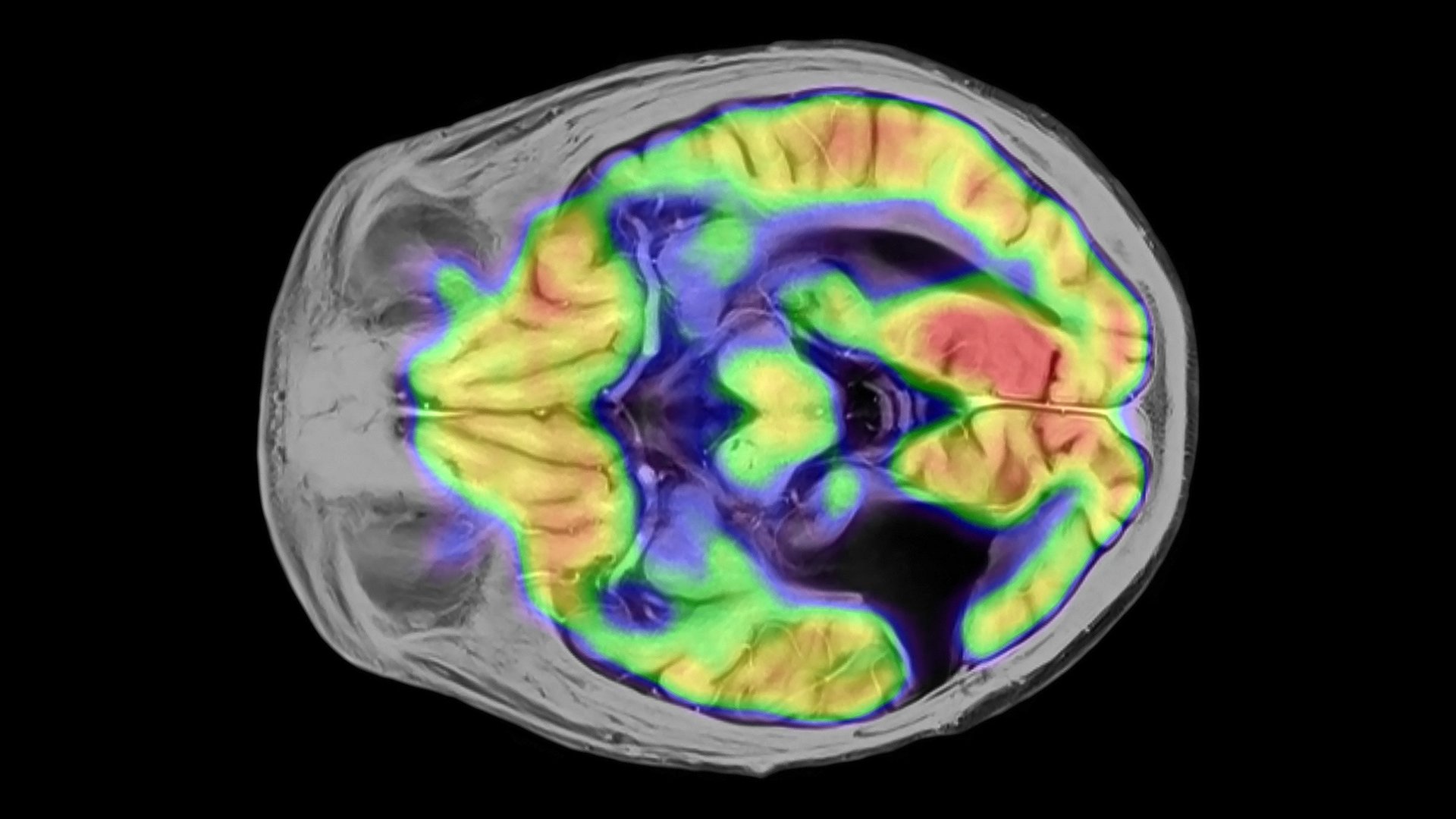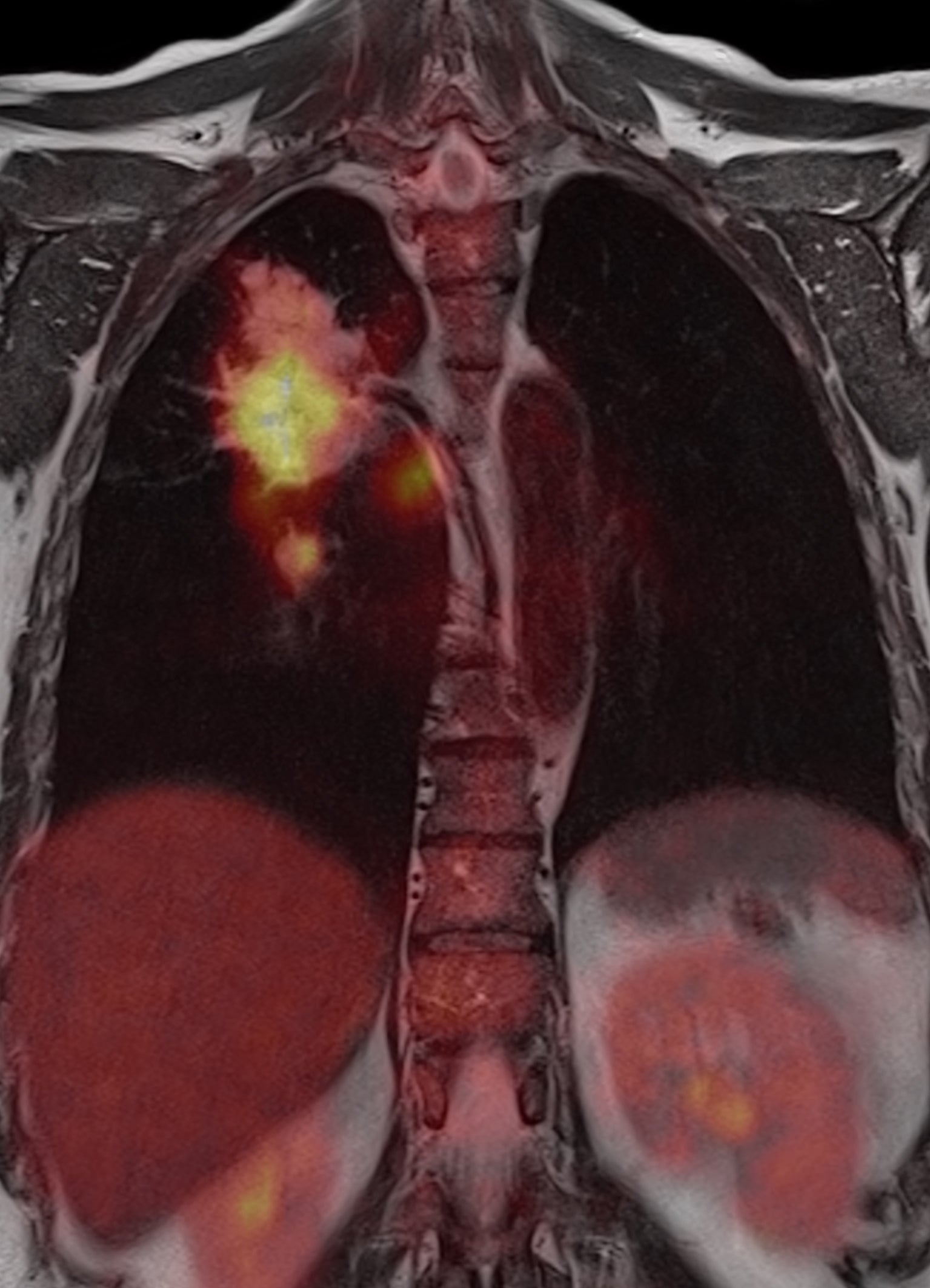This imaging technology is helping doctors detect cancer early
Cancer takes a life in the U.S. once every minute. In that same minute, cancer diagnoses upend three more American lives. New tools are essential to fighting this tide. Siemens’s medical imaging and laboratory diagnostics technologies play a critical role in the screening, detection, diagnosis, staging, and treatment of cancer. The solutions from Siemens Healthcare make it possible for physicians to identify cancer early, often before a patient even experiences any symptoms.


Cancer takes a life in the U.S. once every minute. In that same minute, cancer diagnoses upend three more American lives. New tools are essential to fighting this tide. Siemens’s medical imaging and laboratory diagnostics technologies play a critical role in the screening, detection, diagnosis, staging, and treatment of cancer. The solutions from Siemens Healthcare make it possible for physicians to identify cancer early, often before a patient even experiences any symptoms.

Getting a jump on cancer diagnoses requires speed and precision. These simple but powerful elements, as well as the timeless 2-for-1 concept, underpin the innovative diagnostic imaging of Biograph mMR from Siemens (shown above). Biograph mMR combines 3-Tesla magnetic resonance imaging (which is twice as strong as previous MRI standards) with positron emission tomography (PET) scans. For the first time, Biograph mMR can simultaneously gather MRI’s anatomical output with PET’s functionality output to provide a more comprehensive and cost-effective picture that is also safer and easier for patients.
“From diagnosing disease at its earliest and most curable stage to ensuring cancer therapies are working, medical imaging has given researchers and physicians unprecedented insight into how disease affects the human body,” says Gregory Sorensen, MD, President and CEO, Siemens Healthcare North America. Estimates indicated that imaging innovations alone have reduced the cancer mortality rate by 4 percent.

As a result of the federal sequestration, National Institutes of Health (NIH) had to cut its FY ’13 budget by $1.55 billion. This directly impacts more than 300,000 research personnel at more than 2,500 U.S. universities and research institutions. With additional cuts looming, how will the U.S. retain its status as an incubator of world-class medical talent and innovation? Policymakers must not let essential science fall victim to a political stalemate, which only serves to delay progress in life-saving medical breakthroughs and treatments.
It’s incumbent upon public companies and private citizens to fill the gap as sources of public funding dry up. Siemens has launched The Baton Pass™, a nationwide campaign to both raise awareness and help fund cancer research and science. Through the campaign, Siemens aims to raise $1 million for Stand Up To Cancer® by donating $1 for every pass of the Baton–physically and online–from March 19 through September 5, 2014.
“Stand Up To Cancer’s initiatives are working,” Dr. Sorensen says. “Today more than 700 scientists collaborate on Stand Up’s research Dream Teams, and as a radiologist and cancer researcher who has myself previously applied for Stand Up grants, I know first-hand the power achieved by bringing the best minds together to collaborate on translating research into clinical practice.”
Every minute counts. The Baton Pass is a unique opportunity for Siemens and Stand Up To Cancer to collaborate in the fight against cancer. In addition to its innovative contributions to healthcare technology, Siemens is leading a campaign that will raise significant research dollars, create hope for millions of cancer patients, and—hopefully one day—put an end to cancer for good.
This article was produced on behalf of Siemens by the Quartz Marketing team and not by the Quartz editorial staff.